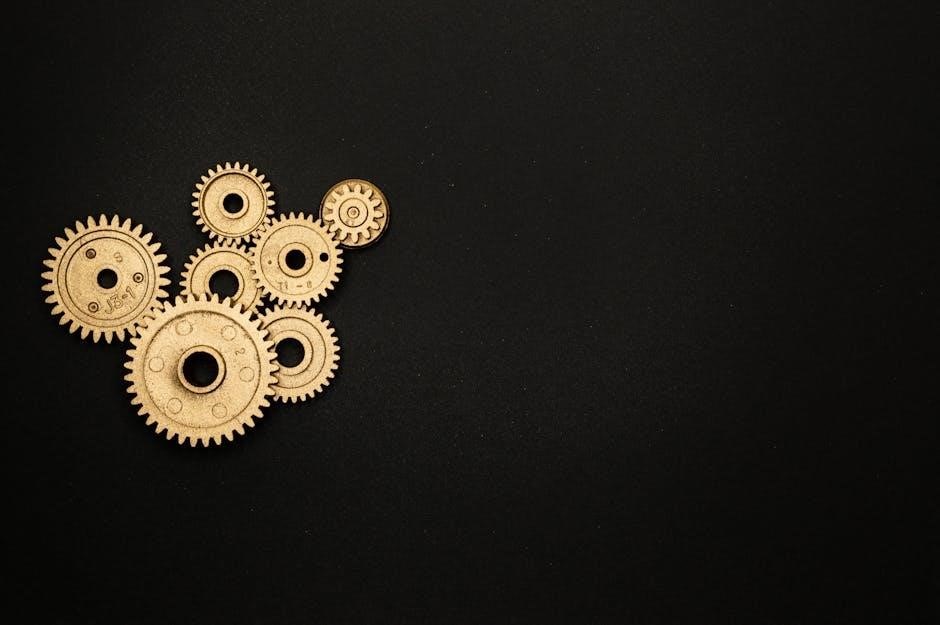
cardiac system pdf
Cardiovascular System: Anatomy and Physiology (PDF Overview)
The cardiovascular system‚ comprising the heart and blood vessels‚ ensures continuous blood circulation. This system’s anatomy and physiology are essential for understanding its function. Downloadable PDF overviews offer detailed diagrams and explanations of the heart’s structure and circulatory pathways‚ providing valuable insights into this vital system.
The cardiovascular system‚ also known as the circulatory system‚ is a complex network responsible for transporting blood throughout the body. At its core lies the heart‚ a powerful pump that ensures continuous circulation. This system comprises the heart‚ blood vessels (arteries‚ veins‚ and capillaries)‚ and the blood itself. Its primary function is to deliver oxygen‚ nutrients‚ hormones‚ and immune cells to tissues while removing waste products like carbon dioxide.
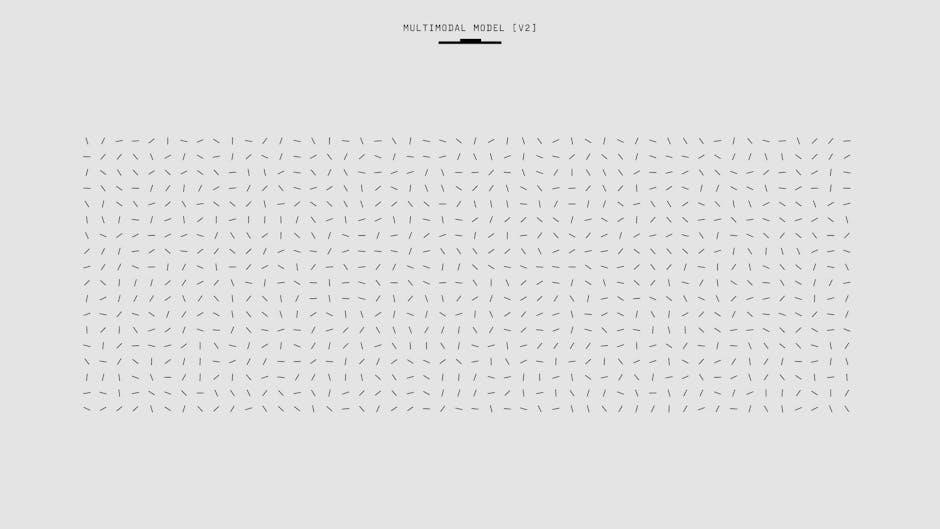
Understanding the cardiovascular system’s anatomy and physiology is crucial for comprehending overall health. The system’s efficiency depends on the intricate coordination between the heart’s pumping action and the blood vessels’ ability to facilitate flow. Arteries carry oxygenated blood away from the heart‚ while veins return deoxygenated blood. Capillaries‚ the smallest vessels‚ enable the exchange of substances between blood and tissues.
Dysfunction in any part of the cardiovascular system can lead to various health problems‚ highlighting the importance of maintaining its health. Factors such as diet‚ exercise‚ and lifestyle choices significantly impact the system’s performance. PDF overviews offer accessible resources for learning about the system’s components and their functions‚ aiding in promoting cardiovascular well-being.
Anatomy of the Heart
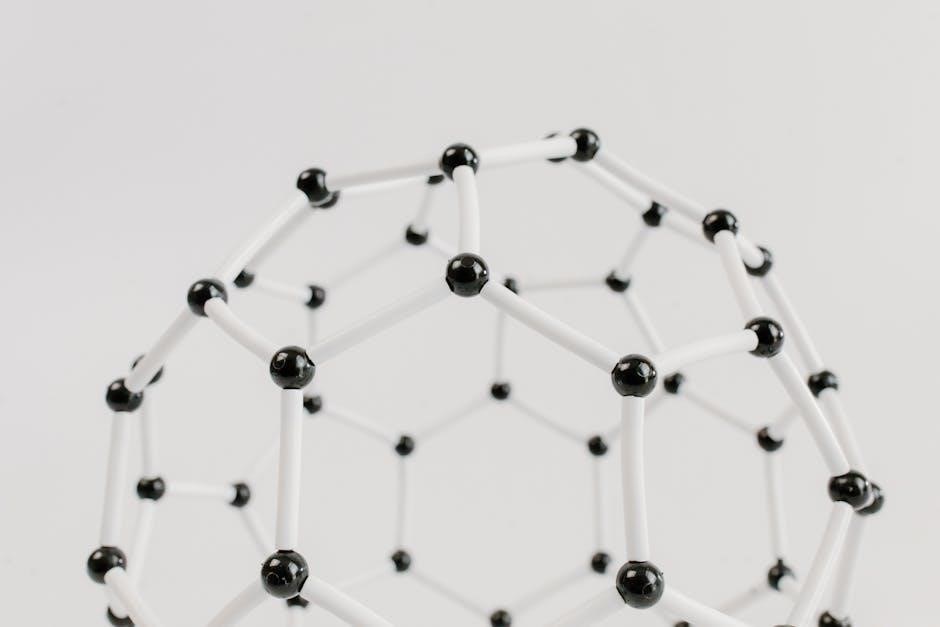
The heart‚ a cone-shaped muscular organ‚ resides in the thoracic cavity‚ positioned between the lungs and slightly left of the midline. Enclosed within the pericardium‚ a double-walled sac‚ the heart is protected and lubricated‚ allowing for efficient contraction. Its size is roughly equivalent to a clenched fist‚ underscoring its compact yet powerful nature.
The heart’s structure comprises four chambers: the right and left atria‚ and the right and left ventricles. These chambers work in coordinated fashion to pump blood through two distinct circuits: the pulmonary and systemic. The atria receive blood‚ while the ventricles propel it onward. The heart also contains valves‚ crucial components that ensure unidirectional blood flow‚ preventing backflow and maintaining circulatory efficiency.
Major blood vessels connect to the heart‚ including the aorta‚ the largest artery carrying oxygenated blood to the body‚ and the vena cava‚ returning deoxygenated blood to the heart. The pulmonary artery transports blood to the lungs for oxygenation‚ while the pulmonary veins bring oxygenated blood back to the heart. Understanding the anatomical relationships between these structures is fundamental to comprehending the heart’s function. PDF resources often provide detailed diagrams illustrating these intricate connections.
Cardiac Chambers: Atria and Ventricles
The heart’s functionality hinges on the coordinated action of its four chambers: the right and left atria‚ and the right and left ventricles. The atria‚ the heart’s superior chambers‚ serve as receiving stations for blood returning from the body and lungs. The right atrium receives deoxygenated blood from the superior and inferior vena cava‚ while the left atrium receives oxygenated blood from the pulmonary veins.
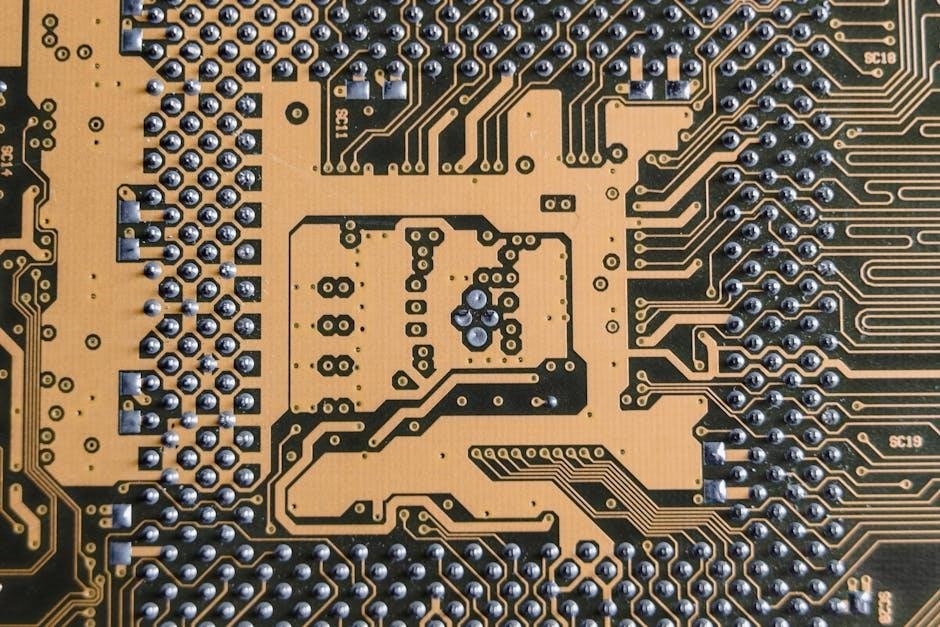
The ventricles‚ the heart’s inferior chambers‚ are responsible for pumping blood out to the pulmonary and systemic circulations. The right ventricle pumps deoxygenated blood into the pulmonary artery‚ which carries it to the lungs for oxygenation. The left ventricle‚ with its thicker muscular wall‚ pumps oxygenated blood into the aorta‚ distributing it throughout the body.
The atria and ventricles are separated by the atrioventricular valves‚ which regulate blood flow between these chambers. The tricuspid valve separates the right atrium and ventricle‚ while the mitral valve separates the left atrium and ventricle. The coordinated contraction and relaxation of these chambers‚ along with the proper functioning of the valves‚ are essential for efficient blood circulation. PDF resources often provide detailed illustrations of these chambers and their relationships.
Heart Valves: Structure and Function
The efficient and unidirectional flow of blood through the heart is ensured by four crucial valves: the tricuspid‚ mitral (bicuspid)‚ pulmonary‚ and aortic valves. These valves act as one-way doors‚ preventing backflow and maintaining the pressure gradients necessary for effective circulation. The tricuspid valve‚ located between the right atrium and right ventricle‚ has three leaflets or cusps. The mitral valve‚ positioned between the left atrium and left ventricle‚ possesses two leaflets.

The pulmonary valve‚ situated between the right ventricle and the pulmonary artery‚ controls blood flow to the lungs. The aortic valve‚ located between the left ventricle and the aorta‚ regulates blood flow to the systemic circulation. These two valves are semilunar in shape. Each valve consists of leaflets or cusps attached to a fibrous ring. The leaflets open and close in response to pressure changes within the heart chambers.
Proper valve function is critical for maintaining cardiac output and preventing heart failure. Valve stenosis (narrowing) restricts blood flow‚ while valve regurgitation (leakage) allows backflow. PDF resources often provide detailed anatomical diagrams and functional explanations of these valves‚ highlighting their importance in cardiovascular physiology and the consequences of valvular dysfunction and common pathologies.
Blood Vessels: Arteries‚ Veins‚ and Capillaries
The cardiovascular system relies on a network of blood vessels to transport blood throughout the body. This network comprises three main types of vessels: arteries‚ veins‚ and capillaries. Arteries carry oxygenated blood away from the heart‚ branching into smaller arterioles that lead to capillaries. Their walls are thick and elastic‚ enabling them to withstand the high pressure of blood ejected from the heart. The aorta‚ the largest artery‚ originates from the left ventricle.
Veins return deoxygenated blood to the heart. They have thinner walls than arteries and contain valves to prevent backflow‚ especially in the limbs‚ aiding the return of blood against gravity. The vena cavae‚ the largest veins‚ empty into the right atrium.
Capillaries are the smallest blood vessels‚ forming a dense network within tissues. Their thin walls‚ only one cell layer thick‚ allow for the exchange of oxygen‚ carbon dioxide‚ nutrients‚ and waste products between the blood and surrounding cells. This exchange is vital for tissue function. PDF resources often include detailed diagrams illustrating the structural differences between these vessel types and explaining their specific roles in maintaining circulation and tissue perfusion‚ as well as their involvement in pathologies.
Physiology of the Cardiovascular System
The physiology of the cardiovascular system encompasses the mechanisms that ensure efficient blood circulation‚ delivering oxygen and nutrients while removing waste products. The heart acts as a central pump‚ driving blood flow through the systemic and pulmonary circuits. Cardiac output‚ the volume of blood pumped per minute‚ is a key indicator of cardiovascular function‚ influenced by heart rate and stroke volume. Blood pressure‚ the force exerted by blood against vessel walls‚ is tightly regulated to maintain adequate perfusion of tissues.
The circulatory system’s efficiency depends on the coordinated action of various factors‚ including the autonomic nervous system‚ hormones‚ and local metabolic signals. The autonomic nervous system adjusts heart rate and contractility‚ while hormones like epinephrine influence blood vessel diameter. Local metabolic factors‚ such as oxygen levels‚ regulate blood flow to match tissue demands.
Understanding these physiological processes is crucial for diagnosing and treating cardiovascular diseases. PDF resources often provide detailed explanations and diagrams illustrating the complex interactions within the cardiovascular system‚ including the Frank-Starling mechanism‚ which describes the relationship between preload and cardiac output‚ and the renin-angiotensin-aldosterone system‚ which regulates blood pressure and fluid balance. These resources are valuable for students and healthcare professionals seeking a comprehensive understanding.
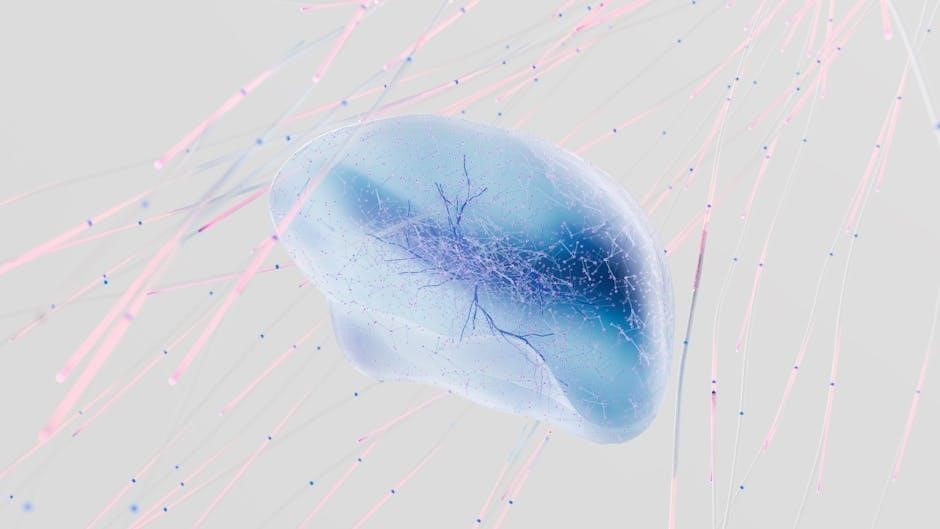
Cardiac Cycle: Systole and Diastole
The cardiac cycle is the sequence of events that occur during one complete heartbeat‚ encompassing two main phases: systole and diastole. Systole refers to the period of ventricular contraction and ejection of blood into the pulmonary artery and aorta. This phase involves isovolumetric contraction‚ where ventricular pressure rises without a change in volume‚ followed by ventricular ejection‚ where blood is forcefully expelled.
Diastole‚ conversely‚ is the period of ventricular relaxation and filling. It begins with isovolumetric relaxation‚ where ventricular pressure decreases without a change in volume‚ followed by rapid ventricular filling as blood flows from the atria. Atrial contraction then contributes to the final phase of ventricular filling‚ ensuring optimal preload for the next systolic contraction.
Understanding the precise timing and pressure changes within the cardiac cycle is crucial for assessing heart function. PDF resources often provide detailed diagrams and pressure-volume loops illustrating the events of systole and diastole‚ including the opening and closing of heart valves and the changes in ventricular volume. These resources are invaluable for students and healthcare professionals seeking a deeper understanding of cardiac physiology and the mechanisms underlying heart sounds and murmurs. Analysis of the cardiac cycle helps diagnose various heart conditions and assess their severity.

Blood Circulation: Systemic and Pulmonary

Blood circulation is divided into two major circuits: systemic and pulmonary. The systemic circulation carries oxygenated blood from the left ventricle‚ through the aorta‚ to all tissues and organs of the body‚ and returns deoxygenated blood to the right atrium via the superior and inferior vena cavae. This circuit delivers oxygen and nutrients while removing waste products.
The pulmonary circulation‚ on the other hand‚ transports deoxygenated blood from the right ventricle to the lungs via the pulmonary artery‚ where it picks up oxygen and releases carbon dioxide. Oxygenated blood then returns to the left atrium through the pulmonary veins. This circuit is responsible for gas exchange in the lungs.
These two circuits work in tandem to ensure efficient oxygenation and nutrient delivery to the body. PDF resources often provide detailed diagrams illustrating the pathways of blood flow through both systemic and pulmonary circuits‚ highlighting the role of the heart as the central pump. They also explain the pressure differences between the two circuits‚ with the systemic circulation operating at higher pressures to ensure adequate perfusion of all tissues. Understanding these circulatory pathways is crucial for comprehending cardiovascular physiology and the impact of various diseases on blood flow and oxygen delivery. These resources are invaluable for students and healthcare professionals.
Conduction System of the Heart

The heart’s conduction system is a specialized network of cells that initiates and coordinates the rhythmic contractions of the heart muscle. This intricate system ensures efficient and synchronized pumping of blood throughout the body. The process begins with the sinoatrial (SA) node‚ located in the right atrium‚ which acts as the heart’s natural pacemaker‚ generating electrical impulses at a regular rate.
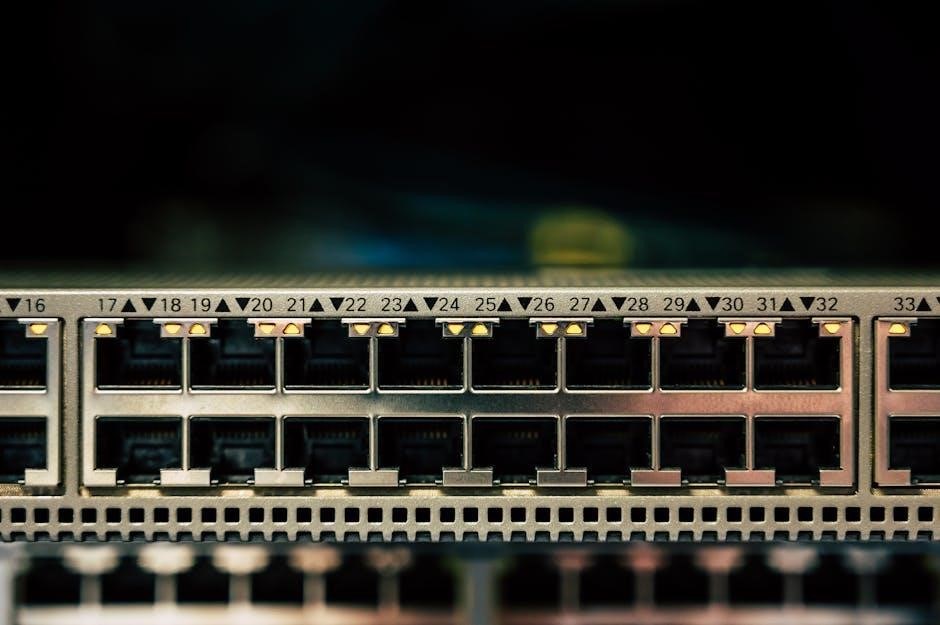
These impulses then travel through the atria‚ causing them to contract. Next‚ the impulse reaches the atrioventricular (AV) node‚ which delays the signal slightly to allow the atria to fully empty before the ventricles contract. From the AV node‚ the impulse travels down the bundle of His‚ which divides into left and right bundle branches‚ conducting the signal to the respective ventricles.
Finally‚ the Purkinje fibers‚ a network of fibers‚ distribute the electrical signal throughout the ventricular myocardium‚ causing the ventricles to contract in a coordinated manner. PDF resources often include detailed diagrams of the conduction system‚ illustrating the pathways and timing of electrical impulses. Understanding this system is crucial for diagnosing and treating arrhythmias‚ which are irregularities in the heart’s rhythm. These resources are invaluable for medical students and healthcare professionals seeking a comprehensive understanding of cardiac electrophysiology.
Humoral Regulation of Circulation
Humoral regulation of circulation refers to the control of blood flow and blood pressure by hormones and other substances circulating in the bloodstream. This intricate system ensures that blood supply is appropriately matched to the metabolic demands of different tissues and organs throughout the body. Several key hormones play a vital role in this regulatory process‚ including epinephrine and norepinephrine‚ released by the adrenal medulla‚ which cause vasoconstriction and increase heart rate‚ thereby raising blood pressure.
Angiotensin II‚ a potent vasoconstrictor‚ is produced as part of the renin-angiotensin-aldosterone system (RAAS)‚ which is activated in response to low blood pressure or low blood volume. Atrial natriuretic peptide (ANP)‚ released by the heart in response to atrial stretching‚ promotes vasodilation and increases sodium and water excretion by the kidneys‚ leading to a decrease in blood volume and blood pressure.
Other substances‚ such as nitric oxide (NO)‚ produced by endothelial cells‚ also contribute to vasodilation. PDF resources often provide detailed explanations of these hormonal mechanisms and their interactions‚ illustrating how they maintain circulatory homeostasis. An understanding of humoral regulation is essential for comprehending the pathophysiology of various cardiovascular disorders‚ such as hypertension and heart failure‚ and for developing effective therapeutic strategies. These resources are valuable tools for healthcare professionals and students seeking in-depth knowledge of cardiovascular physiology.
Common Cardiovascular Pathologies
Common cardiovascular pathologies encompass a wide range of conditions affecting the heart and blood vessels‚ leading to significant morbidity and mortality worldwide. Atherosclerosis‚ characterized by the buildup of plaque in the arteries‚ is a primary underlying cause of many cardiovascular diseases‚ including coronary artery disease (CAD)‚ peripheral artery disease (PAD)‚ and stroke. CAD occurs when plaque narrows the coronary arteries‚ reducing blood flow to the heart muscle‚ potentially causing angina (chest pain) or myocardial infarction (heart attack).
Heart failure‚ a condition in which the heart is unable to pump enough blood to meet the body’s needs‚ can result from various factors‚ including CAD‚ hypertension‚ and valvular heart disease. Arrhythmias‚ or irregular heartbeats‚ can range from benign to life-threatening‚ disrupting the heart’s normal pumping function. Hypertension‚ or high blood pressure‚ is a major risk factor for cardiovascular disease‚ increasing the risk of heart attack‚ stroke‚ and kidney disease.
Valvular heart disease involves dysfunction of one or more of the heart valves‚ impairing blood flow. Congenital heart defects are structural abnormalities present at birth. PDF resources often provide detailed illustrations and explanations of these pathologies‚ aiding in diagnosis and management. Understanding these common cardiovascular conditions is crucial for healthcare professionals in preventing‚ diagnosing‚ and treating these diseases effectively‚ improving patient outcomes and reducing the burden of cardiovascular disease.
PDF resources provide a valuable tool for students‚ healthcare professionals‚ and researchers seeking comprehensive knowledge of the cardiovascular system. These resources offer detailed anatomical illustrations‚ physiological explanations‚ and insights into common pathologies‚ aiding in diagnosis‚ treatment‚ and prevention. By studying the cardiac cycle‚ blood circulation patterns‚ and regulatory mechanisms‚ individuals can gain a deeper appreciation for the marvel of this system.
Furthermore‚ awareness of cardiovascular risk factors‚ such as hypertension‚ hyperlipidemia‚ and smoking‚ empowers individuals to make informed lifestyle choices that promote heart health. Continued research and advancements in cardiovascular medicine hold promise for improving the prevention and treatment of heart disease‚ ultimately enhancing the quality of life for individuals worldwide. The cardiovascular system remains a central focus of medical science‚ with ongoing efforts dedicated to unraveling its complexities and developing innovative therapies for cardiovascular disorders.